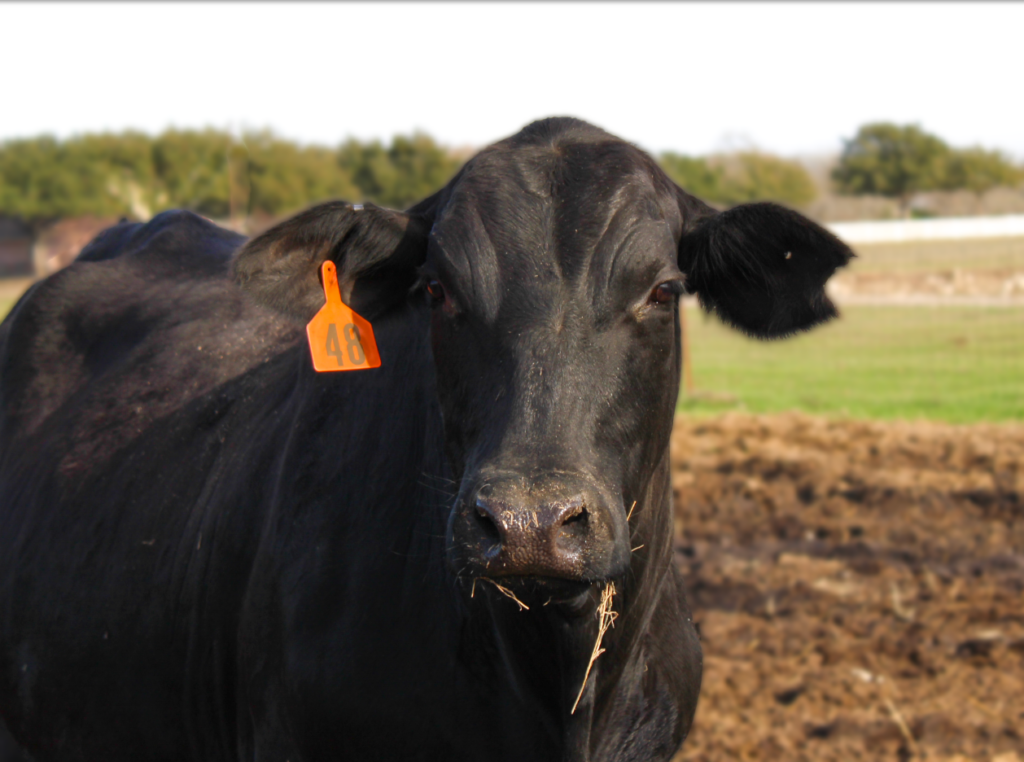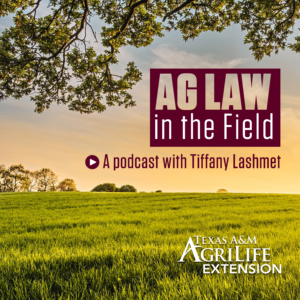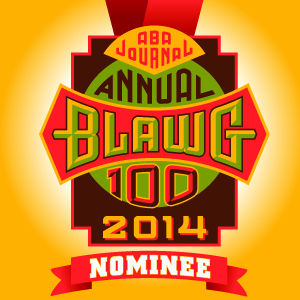The United States Department of Agriculture (USDA) published a Final Rule modifying requirements for certain cattle and bison producers who ship animals across state lines. Specifically, the Final Rule, set to go into effect on November 5, 2024, will require ear tags that are both visually and electronically readable for interstate movement of certain bison and cattle. To hear a discussion of the new Final Rule, click here for a podcast interview I did with Chelsea Good.
Here is a brief rundown of the new rule’s requirements.

Photo by Karli Kaase
Who: The Final Rule was promulgated by the USDA Animal and Plant Health Inspection Service (APHIS).
The Final Rule applies to the same categories of animals to which the prior rule applied. This includes the following animals when shipped across state lines:
- All sexually intact cattle and bison over 18 months of age;
- All dairy cattle of any age; and
- All cattle or bison of any age used in rodeos, exhibitions, or recreational events.
Notably, this requirement exists only for animals crossing state lines. There is also an exception to the requirement for cattle going directly to slaughter. Additionally, because of the application to only sexually intact animals over 18 months of age, most feeder cattle will not be impacted by the Final Rule. Estimates are that only 11% of the United States cattle herd will be affected by the Final Rule.
MERCK Animal Health posted a helpful graphic to describe the animals to which the Final Rule applies.

via MERCK website
What: Producers must use “official identification” on the animals to which the Final Rule applies. The following types of identification qualify as “official”:
- Ear tags that are both visually and electronically readable;
- Brands registered with a recognized brand inspection authority and accompanied by an official brand inspection certificate (when accepted by State veterinary officials in the sending and receiving States);
- Tattoos acceptable to breed associations for registration (when accepted by State veterinary officials in the sending and receiving States), or
- Group/lot identification number (“GIN”) if managed together as one throughout pre-harvest production chain.
The requirement that ear tags be both visually and electronically readable is the major change made in the Final Rule. The Final Rule made no changes to the other three categories of official identification.
When: The Final Rule is set to go into effect 180 days after it was published in the Federal Register, which will be November 5, 2024. There are opponents of the Final Rule who have mentioned potentially filing legal action to prevent the Final Rule from going into effect. Additionally, there is at least one bill filed in the United State Congress that would prevent the USDA from enforcing the Final Rule. Depending on what happens with these issues, the effective date could change.
Importantly, assuming the Final Rule does go into effect on November 5, 2024, a producer is not required to re-tag animals that were tagged with non-electronically readable tags prior to that date. The non-electronic tags already in place will be considered official for the lifetime of the animal. Going forward, however, electronic tags will be required when tagging applicable animals.
Why: The USDA says “electronic identification and records for livestock movement are critical for safeguarding animal health” and believes the Final Rule “enables rapid tracing of sick or exposed animals and a repaid response to animal disease.” USDA APHIS administrator, Michael Watson, also said “rapid traceability in a disease outbreak will not only limit how long farms are quarantined, keep more animals from getting sick, and help ranchers and farmers get back to selling their products more quickly — but will help keep our markets open.”
How much will this cost?: The electronic tags will be provided at no cost to producers. Tags can be obtained by the State Veterinarian’s Office. [Link to list of State Veterinarians available here.] Congress allotted $15 million to fund the cost of these tags.
Producers may also choose to purchase tags from manufacturers. Producers should ensure any tags they purchase have the USDA official ear tag shield printed on it.
Additional considerations: Keep in mind, there may be additional documentation required for interstate shipment depending on what animals are being shipped. There is a great website where producers can put in information to determine the shipping requirements for livestock available here.












